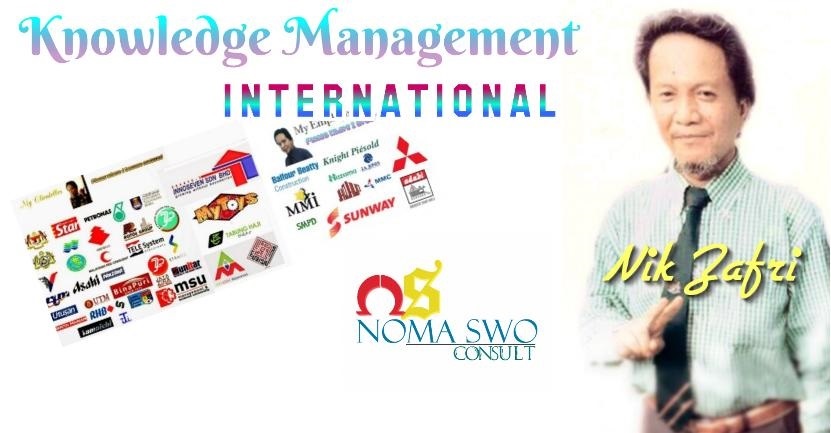(Latest Development! 10.15am - 30/12/2010
STOP PRESS : Plantation related stocks up"
As forecasted - with news that CPO will go up from RM3k-3.5k/metric tonne, today - as I speak - around 9.30am, 30/12/2010 - till now, GOCEAN is experiencing major changes in its price. Congratulations GOCEAN.)

Disclaimer : I do not represent the corporation in this article. Whatever being expressed is solely the author's opinion. Please refer their official website for further information.
I've been looking into some 'sleeping giants' for a long time.

And today I wish to speak on a corporation that attracts my attention for the last 2 weeks of trading. I hope everyone will share my enthusiasm.
(Please don't base your views on their current performance of shares...just read on)
The company was formerly known as Online One Corporation Berhad and changed its name to Green Ocean Corporation Berhad in April 2009. Green Ocean Corporation was incorporated in 2003 and is based in Petaling Jaya, Malaysia.
Green Ocean Corporation Berhad (GOCEAN), an investment holding company, engages in the development of biotechnology products in Malaysia.
As we all know, GREEN is now associated with almost all industries in this world. We have LEEDS Certification (Green Building), EMS ISO 14000, Sustainability, Big Campaigns and various environmental awards for corporations practicing GREEN as part of their corporate responsibility. GOCEAN is definitely one of them - with its strong motto - BUY GREEN, BE GREEN, SELL GREEN.
So to all GREEN lovers out there (yes I'm one of them), here's your chance to save the EARTH!
The company involves in crushing palm kernel, refining palm oil and palm kernel oil, and producing palm kernel expellers and cooking oil.
Despite some quarters felt that maintaining the neutral call on the Malaysian palm oil sector due to current 2 year old palm oil price upcycle, and that Malaysia is continuing with a plan to mandate a 5% palm-oil-based methyl ester blend in conventional diesel by June 2011 (next year), I still somehow notice significant changes in Bursa Malaysia Derivatives’ star product, the Crude Palm Oil Futures contract, or better known by all of us as the FCPO contract which has been cited as the MOST actively traded derivatives contracts and has been the GLOBALLY PREFERRED BENCHMARK FOR THE PRICING OF CPO.
If this is the case, then, GOCEAN and their counterparts will definitely see some significant changes next year. Let's say it's June, 2011, at least they can still prepare themselves for the changes.
GOCEAN also provides information communication technology solutions, including software, and third party hardware and software; implementation and integration services; business continuity outsourcing solutions; and business intelligence solutions.
Being a self-ICT-literate person myself, GOCEAN has definitely invested on the right product. The setback however is unexpected - perhaps GOCEAN is too ahead of time with this plan. Unless the corporation has something to do with government contracts (which I think they will be heading towards that direction) and in the future, taking in many ICT professionals in the field (during expansion), then I know in my heart that ICT is a GOOD Investment. Who knows, GOCEAN might hit the jackpot.
Apart from the abovementioned, GOCEAN offers financial services solutions, infrastructure services, business service management, and information security solutions.
Further, it engages in the research and development of palm oil related industries; and sales, marketing, and distribution of enzyme, conjugated linoleic acid, and direct fed microbials, as well as the marketing and distribution of storage solutions.
Now, can anyone tell me that GOCEAN has no potentials in 2011? I have also noticed some 'reengineering' are being actively done in the company - so someone inside GOCEAN is smart enough to prepare itself for 2011 - for the BEST. We can expect the Q3 2011 results next February. (aah you need tips : Look at the 'expected book value' and 'the future market value' based on my article herein - also look into debt/equity ratio...do some homework 'lah')
Figures might not look so interesting but it's the indicators in the figures that will tell investors what is the future for them. (I've read their past annual reports - I personally think that it's a highly potential company to invest in the long run)
I like to quote Yang Amat Berbahagia Tun Mohamed Dzaiddin Abdullah, Chairman of Bursa Malaysia in the recent 21st Palm & Lauric Oils Conference
"Whether it is for the physical or futures markets, in managing volatility, mitigating risk factors and ultimately ensuring that the industry remains vibrant, price trends are important for palm oil players."
MALAYSIA is a melting pot. A lot of people still do not realize it yet



















